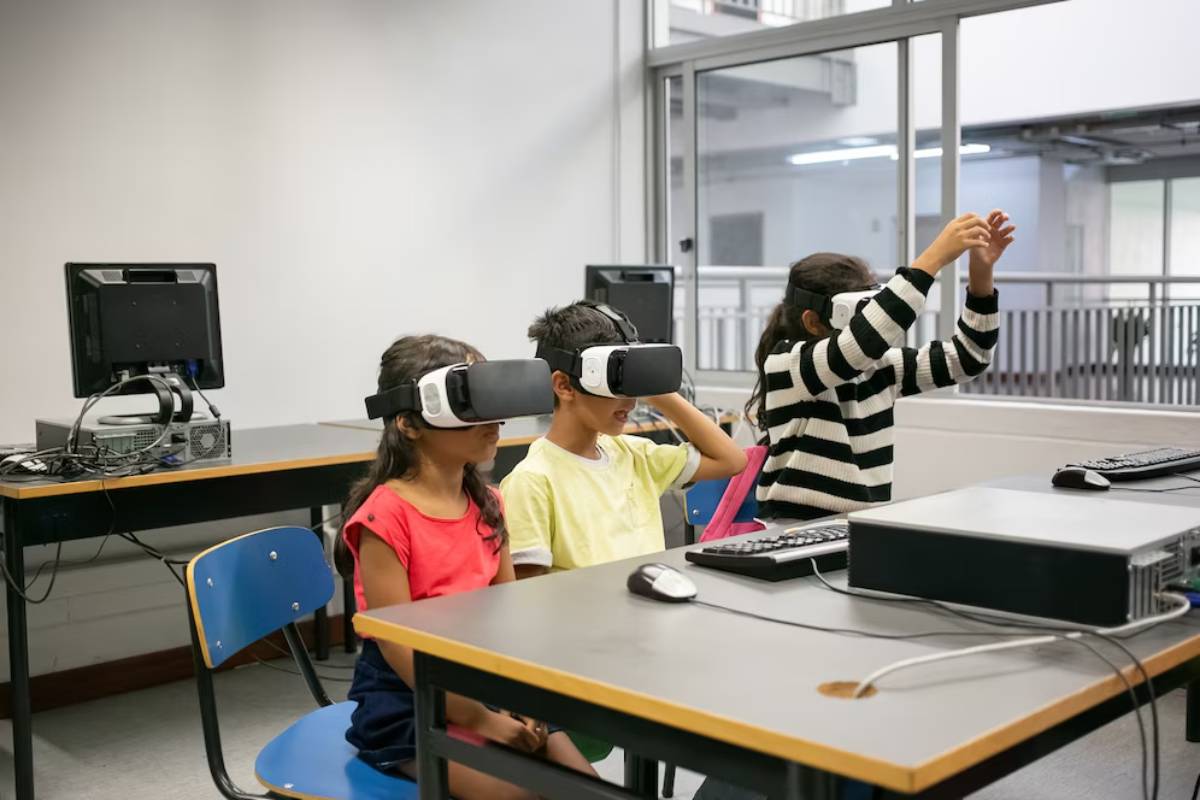
Interactive Quizzes and Games That Boost Online Learning
Online learning is on the rise, and attention spans are shrinking. That makes the need for responsive, student-driven tools all the more critical. Whether you are an educator, a corporate trainer, or a learner, motivating a lot of content online to keep you engaged is a difficult challenge. The answer lies in gamified learning. It merges instructional material with a gaming aspect. This method brings higher incentives and better outcomes.
The key is interactive quizzes and games. They enhance engagement and interactivity and, therefore, foster learning. In this blog, we will cover how these tools function, their benefits, strategies for using them, and real-world examples of their impact.
Why Gamification Matters in Online Learning
Understanding Gamified Learning
Gamified learning uses points, levels, badges, and competition in education. This creates a sense of achievement, making learning more appealing.
The Psychology Behind It
Gamification taps into motivators like:
- Autonomy – letting learners make choices.
- Mastery – moving through levels or increasing scores.
- Purpose – reaching meaningful goals.
A study by TalentLMS found that 83% of employees in gamified training feel more motivated, a trend that also applies to education.

Benefits of Interactive Quizzes and Games
Increased Engagement and Motivation
Interactive quizzes and educational games capture learners’ attention better than static slides or text-heavy lectures.
Better Knowledge Retention
Active recall through quizzes boosts long-term memory. Research shows that game-based learning improves retention by up to 90% over traditional methods.
Instant Feedback and Progress Tracking
Gamified tools give immediate responses. Learners see what they have right or wrong, which encourages self-correction.
Encouraging Healthy Competition
Leaderboards and challenges create friendly competition. This can motivate learners to engage more deeply with the content.
Accessibility and Inclusivity
Modern tools can be customised for diverse learners, including those with special educational needs.
Types of Gamified Tools for Online Learning
1. Interactive Quizzes
Platforms like Kahoot!, Quizizz, and Google Forms let you create fun, timed quizzes. These are great for reviewing topics or assessing understanding in a relaxed setting.
2. Educational Games
Custom or platform-based games include:
- Duolingo for language learning
- Prodigy for math
- Classcraft for behaviour and engagement
3. Scenario-Based Simulations
These are used in corporate training and involve real-life decision-making and consequences.

4. Puzzle and Logic Games
Crosswords, drag-and-drop tasks, and matching games help reinforce key concepts.
5. Gamified Learning Management Systems (LMS)
Platforms like Moodle, TalentLMS, or Edmodo use points, badges, and certificates to motivate learners.
Best Practices for Implementing Interactive Quizzes and Games
Set Clear Objectives
Before adding a game or quiz, clarify your goals. Is it for reinforcement, assessment, or practice?
Choose the Right Platform
Match the tool to your audience. Younger learners may like colourful interfaces like Kahoot!, while adults might prefer scenario simulations.
Keep It Simple and Relevant
Don’t complicate the activity. Make sure it aligns with your goals and adds value.
Use a Variety of Formats
Mix quiz and game types to cater to different learning styles and avoid boredom.
Offer Recognition and Feedback
Include badges, levels, and instant feedback to encourage continued participation.
Real-World Examples of Gamified Learning Success
Case Study 1: Kahoot! in Secondary Schools
A UK secondary school swapped traditional revision with Kahoot! Quizzes. This led to a 35% increase in test scores and higher engagement.
Case Study 2: Duolingo’s Habit Loop
Duolingo uses daily streaks, experience points, and friendly competition. Over 500 million users stay engaged because of these features.
Case Study 3: Corporate Training at Deloitte
Deloitte used gamified simulations in leadership training. This resulted in 47% faster completion rates and higher learner satisfaction.
Addressing Common Concerns
“Won’t Games Distract from Learning?”
Not if designed carefully. Educational games should enhance structured content, not replace it.
“Is It Suitable for All Ages?”
Yes. Gamified elements can be tailored for learners from primary school to professionals.
“How Do I Measure Effectiveness?”
Use analytics tools to track participation and outcomes. Supplement with surveys to gain more insights.

Future Trends in Gamified Learning
- AI-Powered Personalization: Quizzes that adapt to learner progress.
- Augmented Reality (AR): Immersive environments for deeper engagement.
- Blockchain for Credentials: Rewards tied to verified achievements.
- Collaborative Gaming: Multiplayer challenges for teamwork and communication skills.
Learning That Sticks
Gamification of learning is a proven method to improve student engagement, acceptance, and satisfaction. Interactive quizzes and games bring a sense of play, competition, and purpose to online education. These tools make it easier for learners to govern at their own pace, making learning practical as well as fun.
How gamification can transform the learning experience in an eLearning course, online teaching, or corporate training. Get with the times and start experimenting with the tools that will make your lessons more effective.
Ready to level up your online teaching strategy? Start with a simple quiz tool or game and see how your learners respond. The results may surprise you.